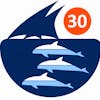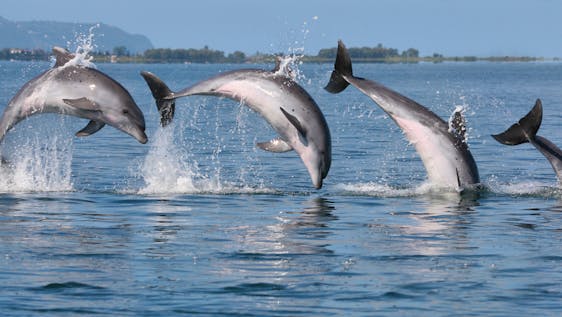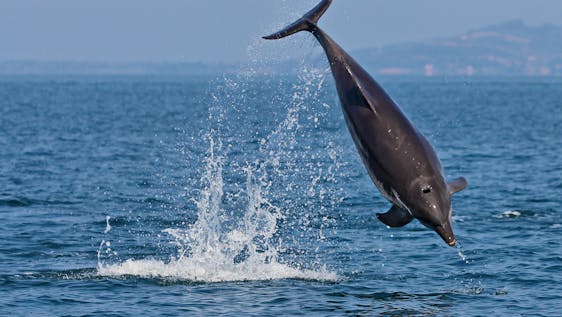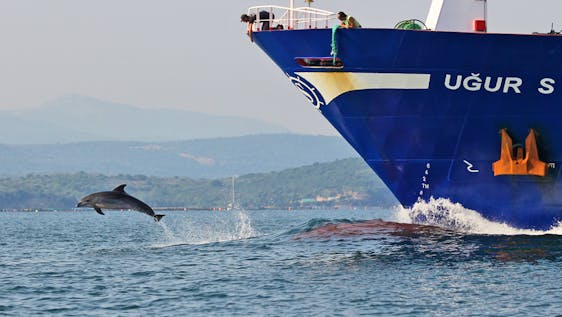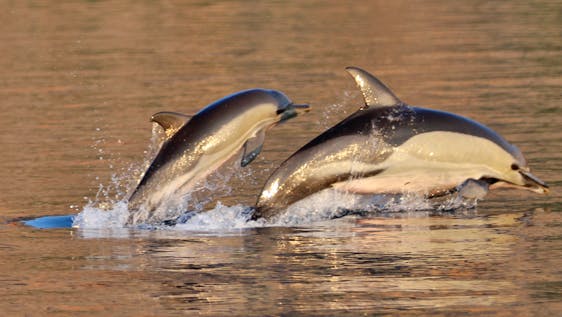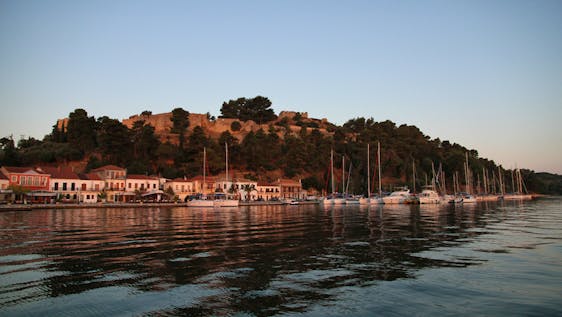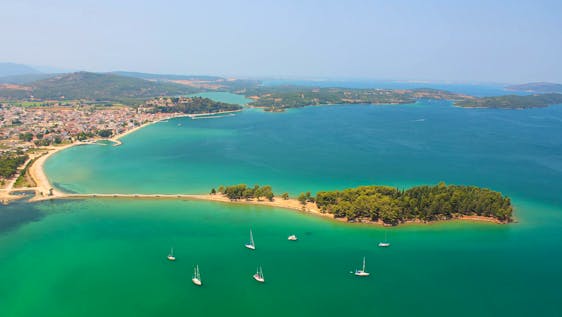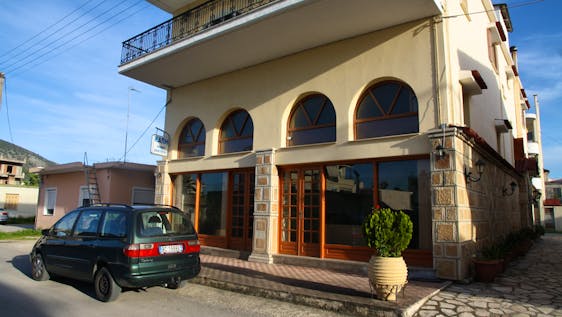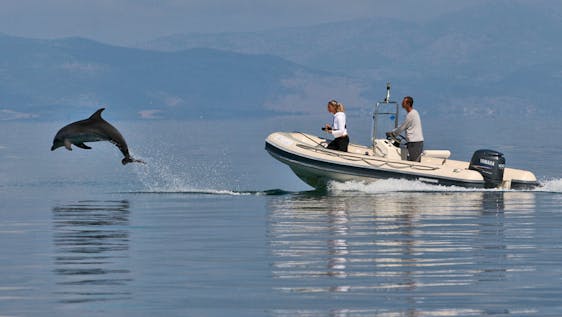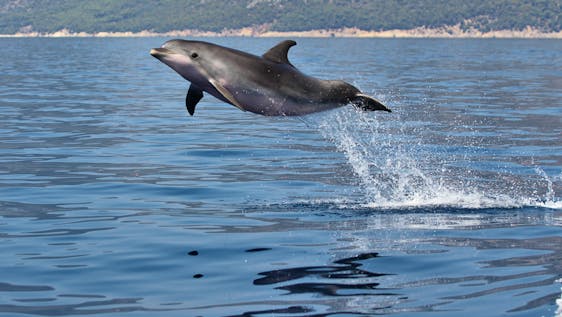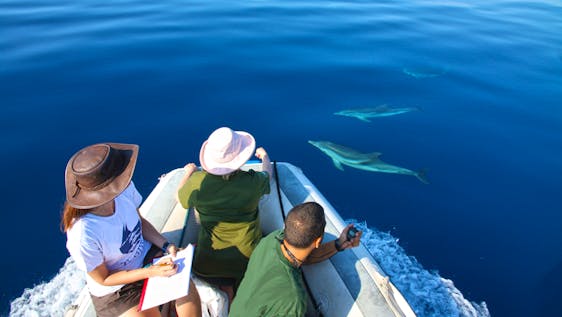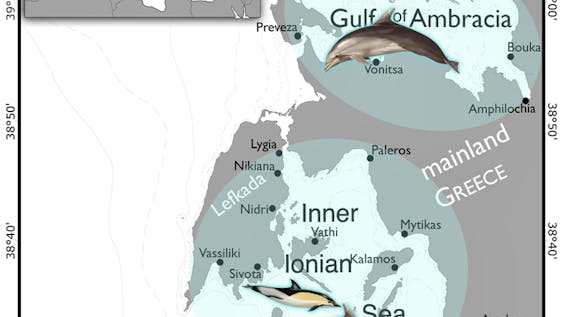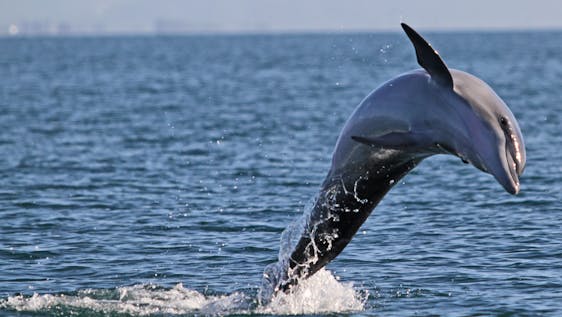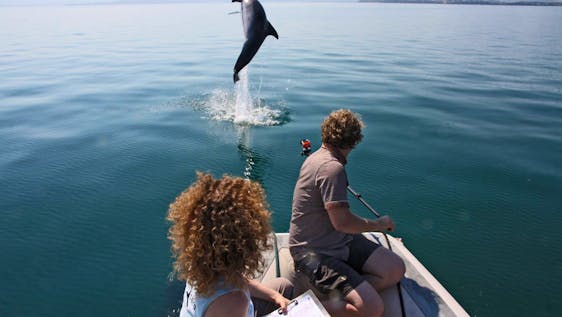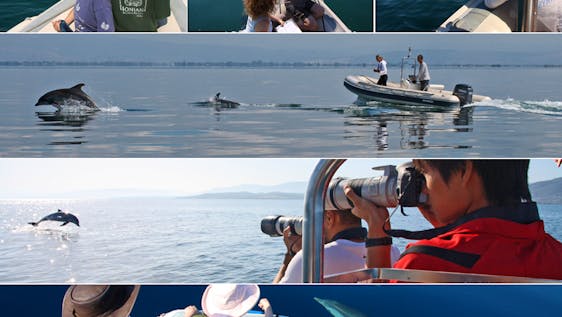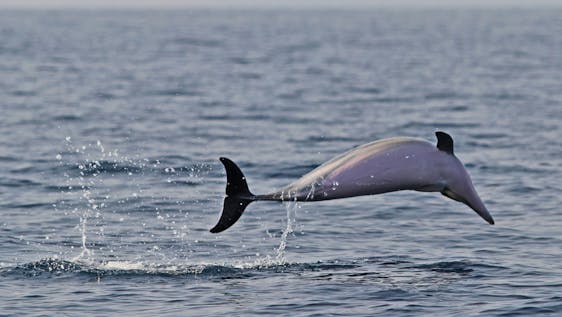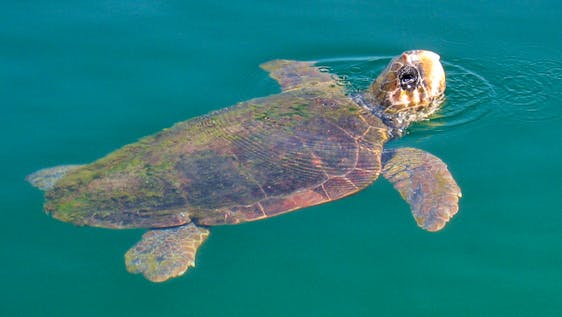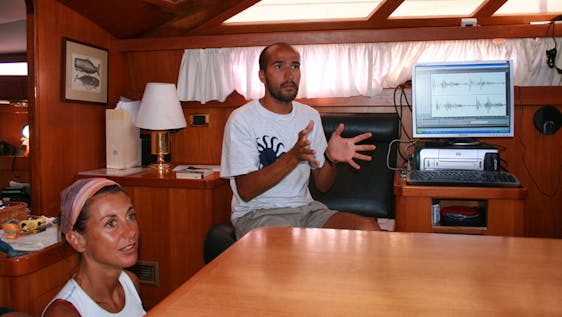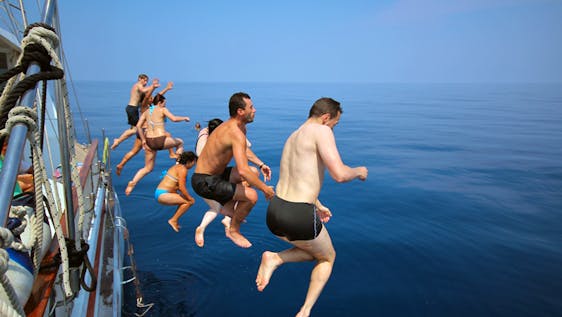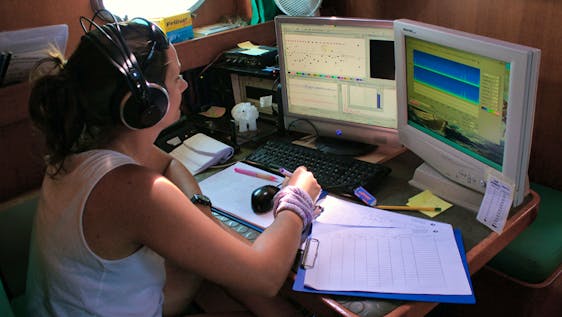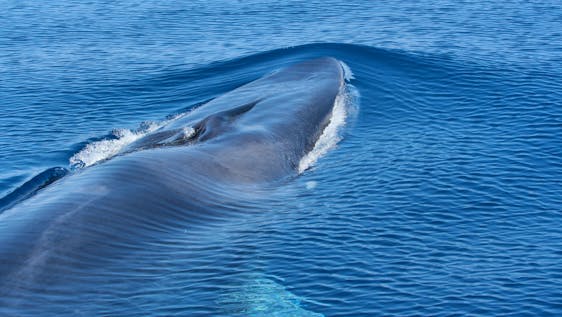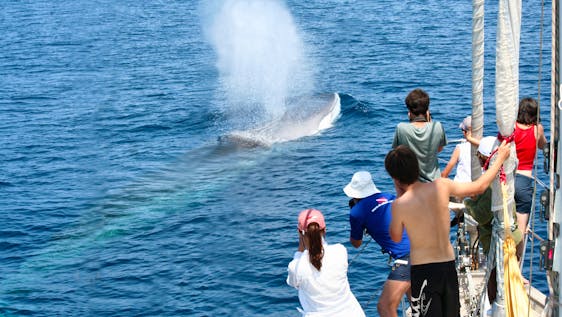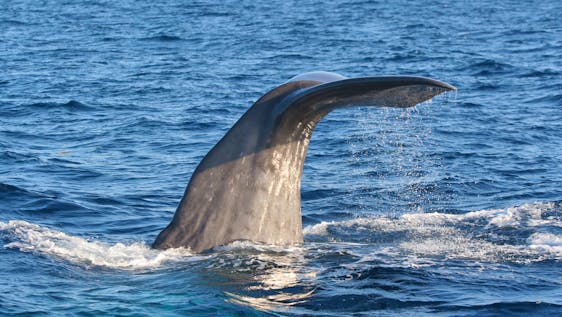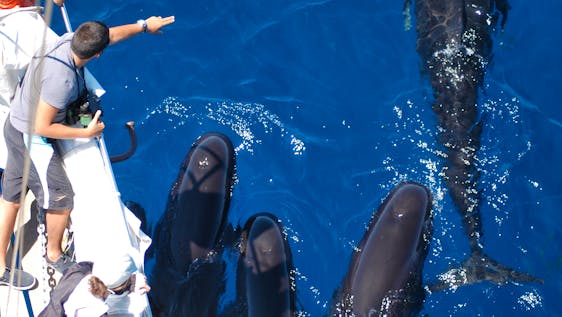The Tethys Research Institute is a non-profit research organisation
supporting marine conservation through science and public awareness,
founded in 1986 and headquartered at the Civic Aquarium of Milano,
Italy. Tethys’ main goal is the conservation of the marine environment,
achieved through the provision of scientific knowledge to conservation
policy, the participation in the international conservation process, and
public awareness. Over almost three decades of work, Tethys has
generated one of the largest datasets on Mediterranean cetaceans and
communicated the results of its research in hundreds of scientific
publications. In 1991 Tethys was the first to conceive and propose the
creation of an iconic protected area, the Pelagos Sanctuary for the
Conservation of Mediterranean Marine Mammals, the world’s first to be
established beyond national jurisdiction. Since 1987 Tethys has involved
thousands of people from all over the world as research volunteers in
its conservation activities. Funding to Tethys derive from government
and EC grants, private donors, and contributions from research
volunteers. The work of Tethys is based on the collaboration of
approximately 30 associates and assistants.
Striving to increase scientific knowledge on ecological aspects of the
marine environment, and on the threats to ocean health deriving from
human activities, is the core business of the Tethys Research Institute.
During its 30 years of operation Tethys has contributed substantively to
the understanding of the ecology and conservation status of many
species of marine vertebrates such as marine mammals and cartilaginous
fishes, mostly in the Mediterranean Sea but also in the Red Sea and
North Atlantic Ocean.
Conserving the marine environment involves the management of human
activities, and as such it is primarily a political process. Science has
an important supporting role in such process, and Tethys has actively
worked to provide robust scientific knowledge to marine conservation.
Contributions include attracting decision-makers’ attention on emerging
issues, such as collision with ships and effects of noise, proactive
participation in the international conservation effort, and the proposal
of place-based conservation measures such s marine protected areas.
Whales and dolphins are being studied in their natural environment;
Tethys runs two long-term projects which are open to the participation
of the public: one in Italy, in the Pelagos Sanctuary of the Ligurian
Sea (north western Mediterranean), and one in Greece, in the Eastern
Ionian Sea.
The Institute has conducted long-term studies on cetaceans in the
Corso-Ligurian-Provencal basin, in the coastal waters of Greece and in
the Adriatic Sea. Research has also been carried out investigating
cetaceans in the Messina Strait and in several other Mediterranean and
Atlantic areas, as well as aerial surveys in the seas around Italy.
Research methods utilised by Tethys include the use of remote sensing
and telemetry data, the combined use of laser range-finding binoculars
and GPS to record the movements of whales, population studies based on
distance sampling and photographic capture-recapture, bioacoustic
research, behavioural sampling, remote collection of biopsy samples for
genetic and toxicological analyses, and historical studies.
The Institute holds vast photographic archives of cetacean images that
have enabled the identification of over 1,500 individuals of eight
Mediterranean species.
With a core team of approximately 30 collaborators, the Tethys Research
Institute has involved in its expeditions thousands of people from all
over the world, and has developed a remarkable cetacean research and
conservation network
